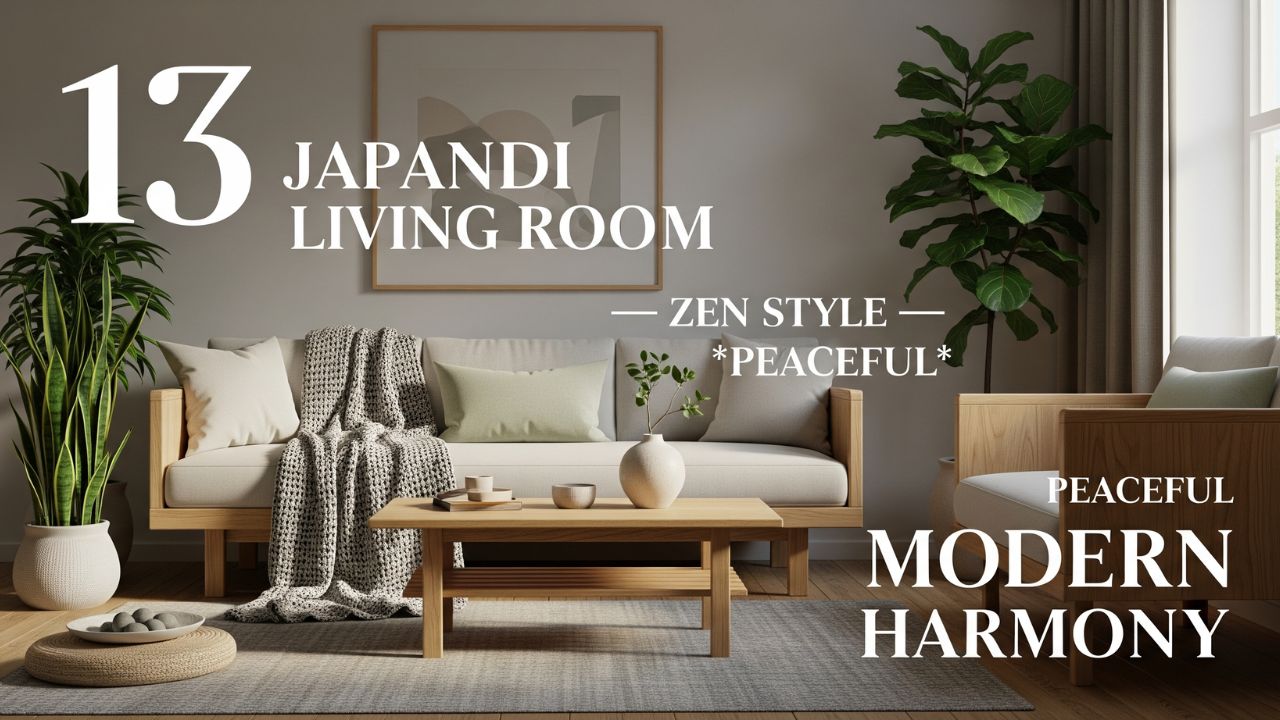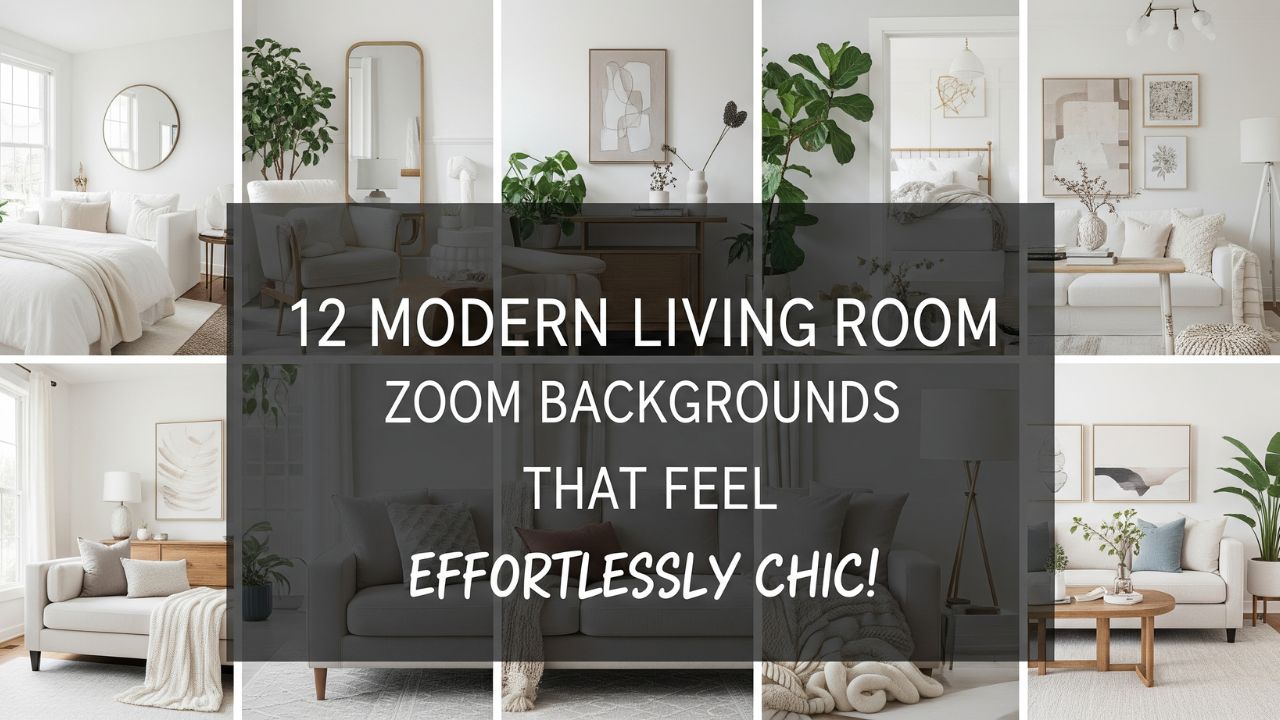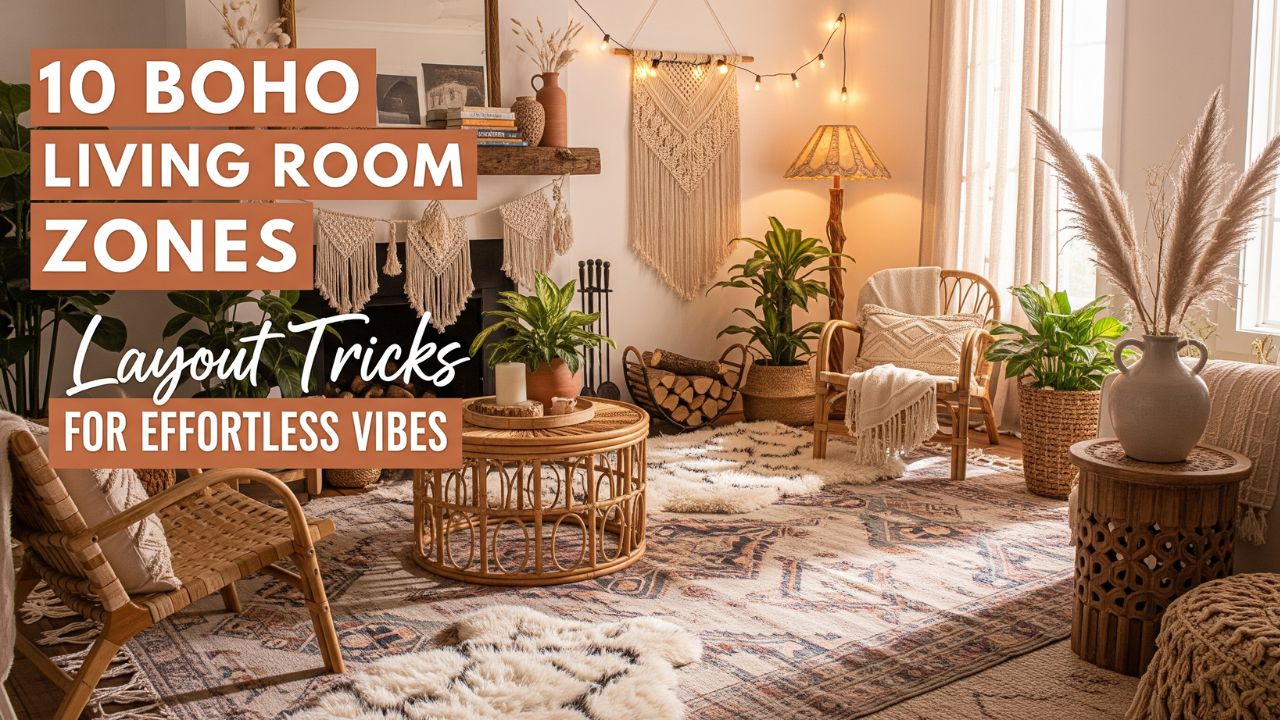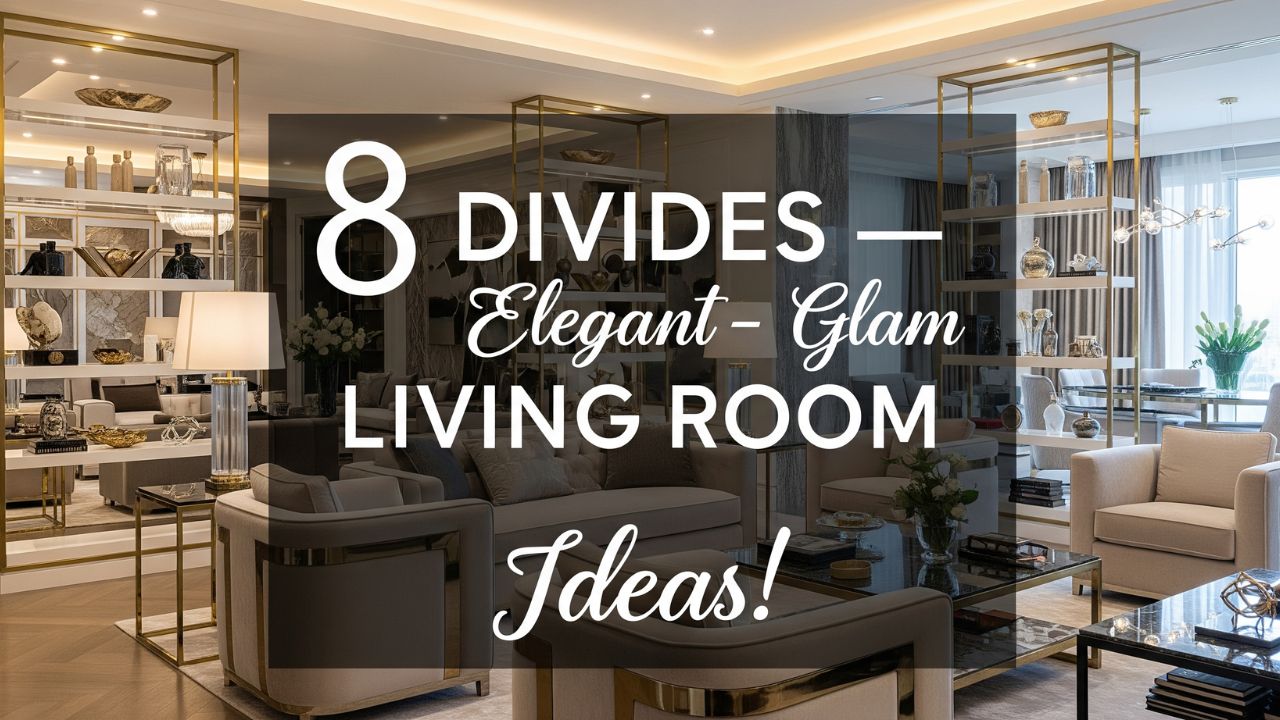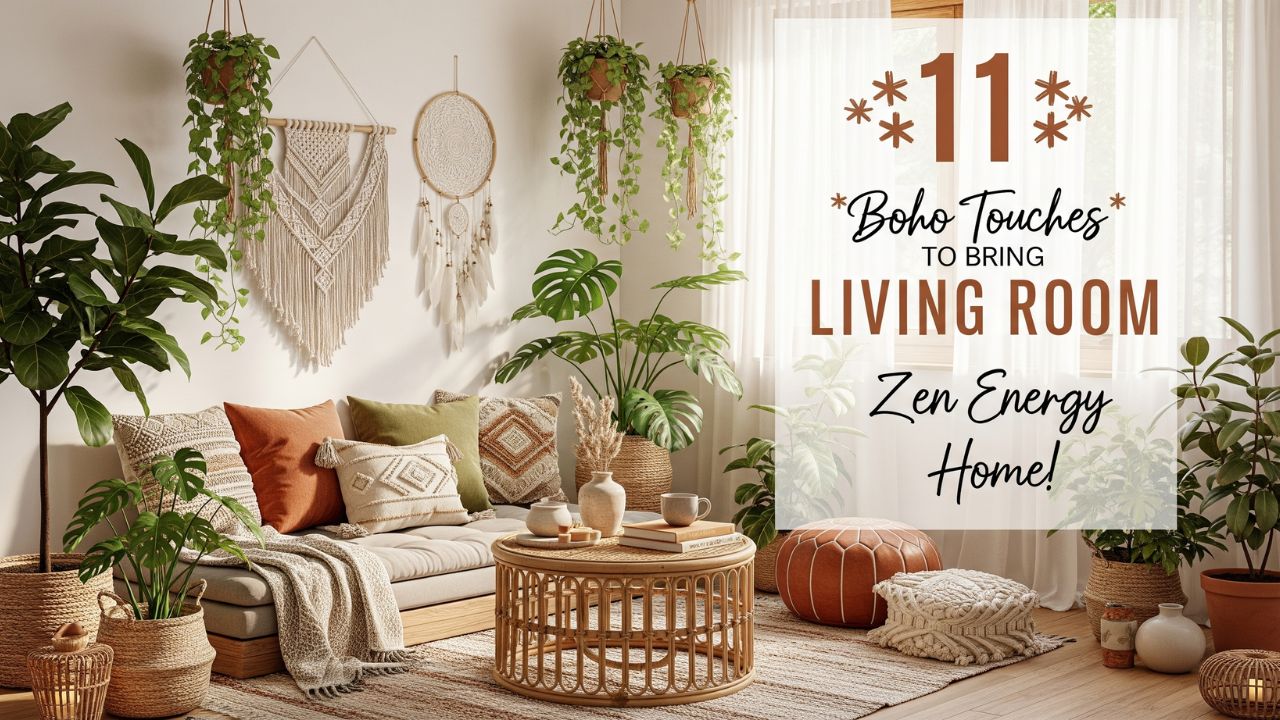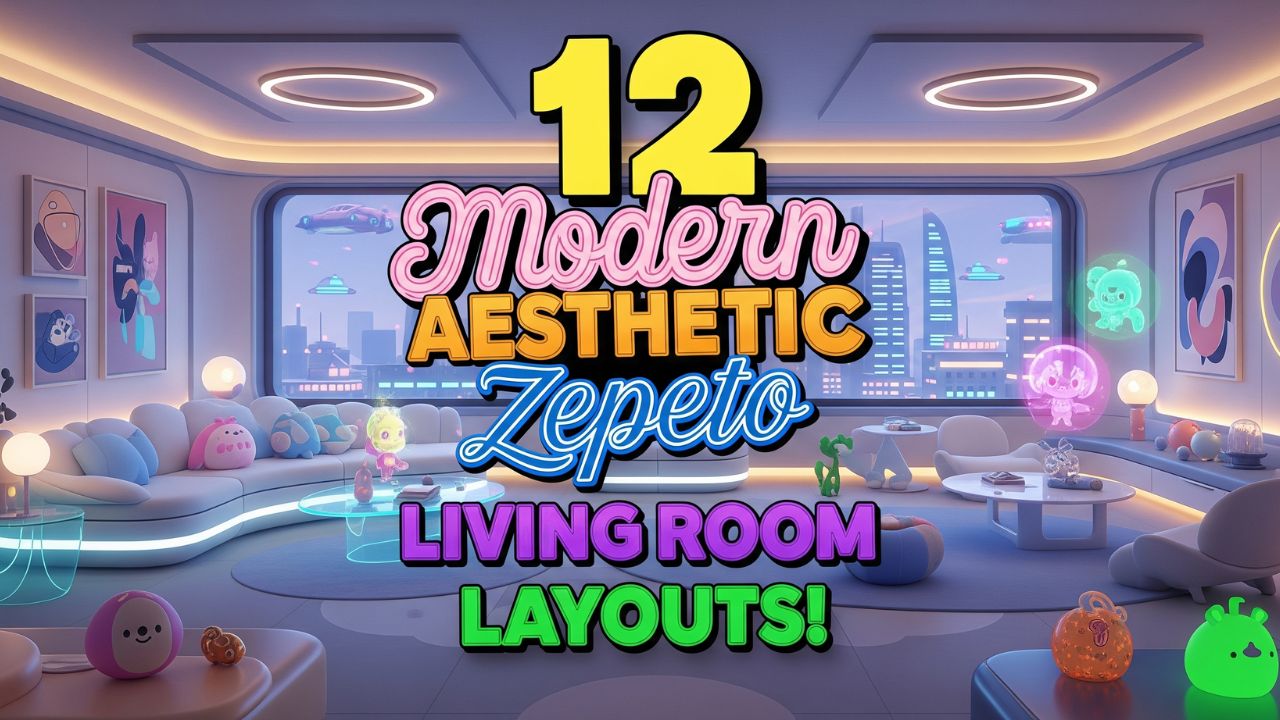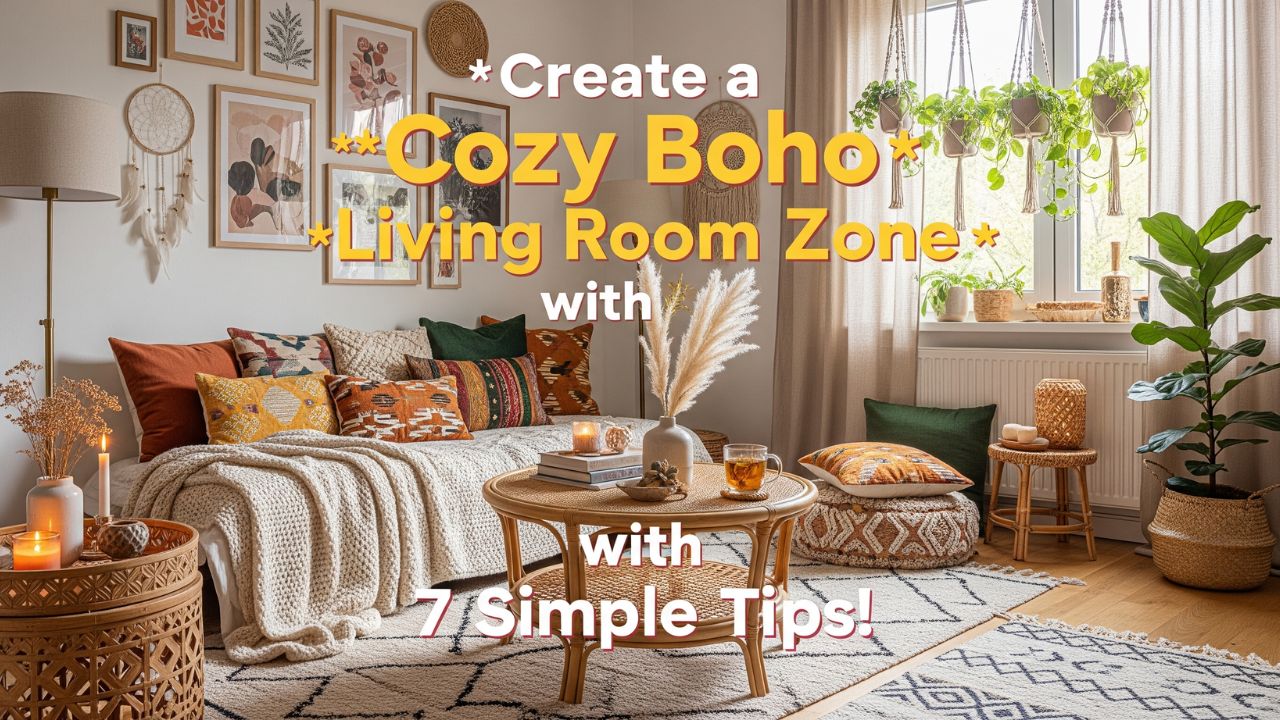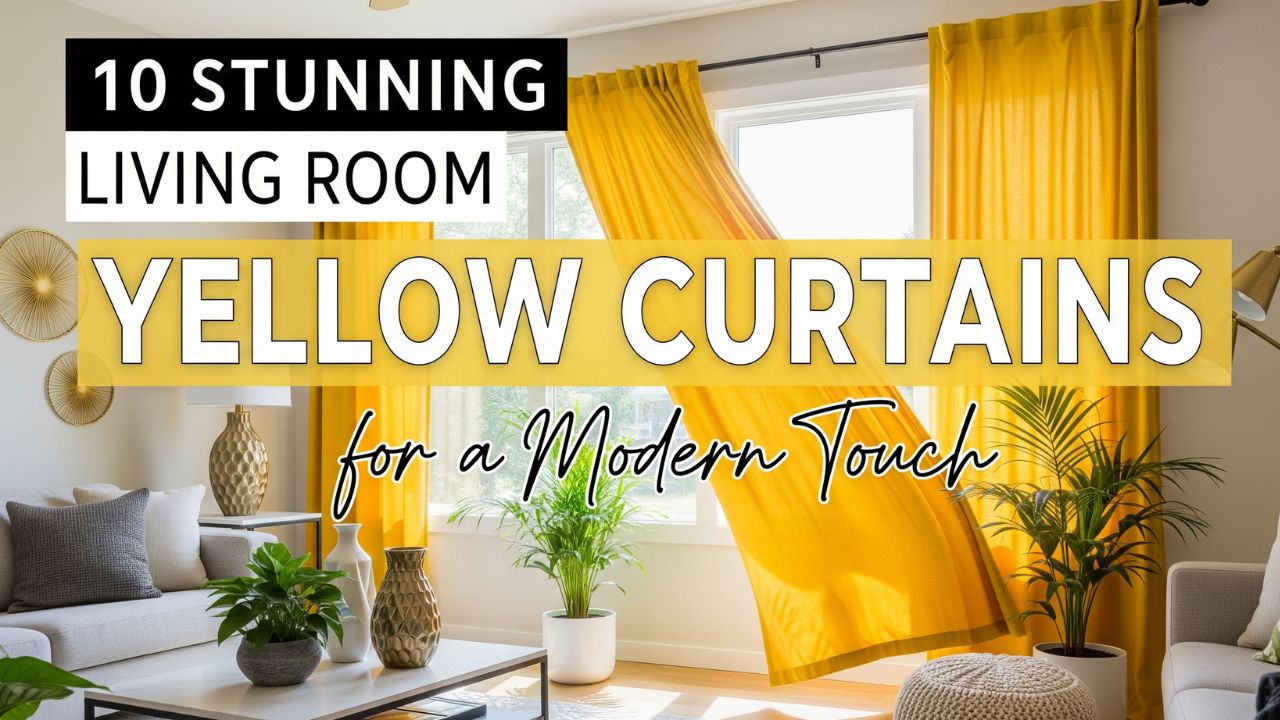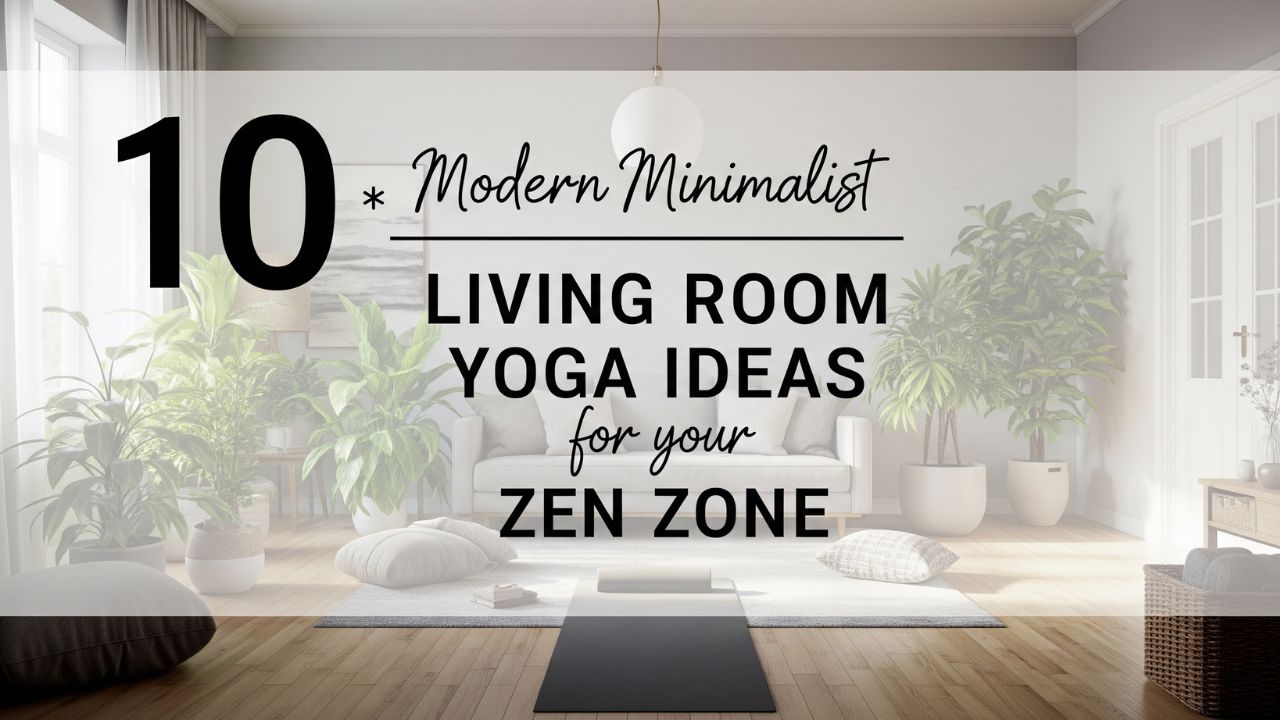Imagine stepping into a space that feels both cozy and sophisticated — where weathered wood meets soft linen, and modern lighting highlights the charm of vintage furniture. That’s the beauty of rustic-chic design: a perfect balance between countryside warmth and contemporary elegance.
In today’s open-concept homes, the living room and dining area often share one cohesive space. But blending these two zones without losing comfort or style takes intention and creativity. The rustic-chic style answers this beautifully — it’s approachable, layered, and endlessly inviting.
Do you know that the rustic-chic aesthetic actually originated from the blending of farmhouse traditions with French provincial influences in the late 20th century? Designers began experimenting with raw textures, handcrafted elements, and elegant silhouettes — a trend that quickly became a timeless interior movement.
In this guide, we’ll explore seven stunning rustic-chic living room with dining area layouts that you’ll absolutely love — each one balancing texture, tone, and personality in its own unique way.
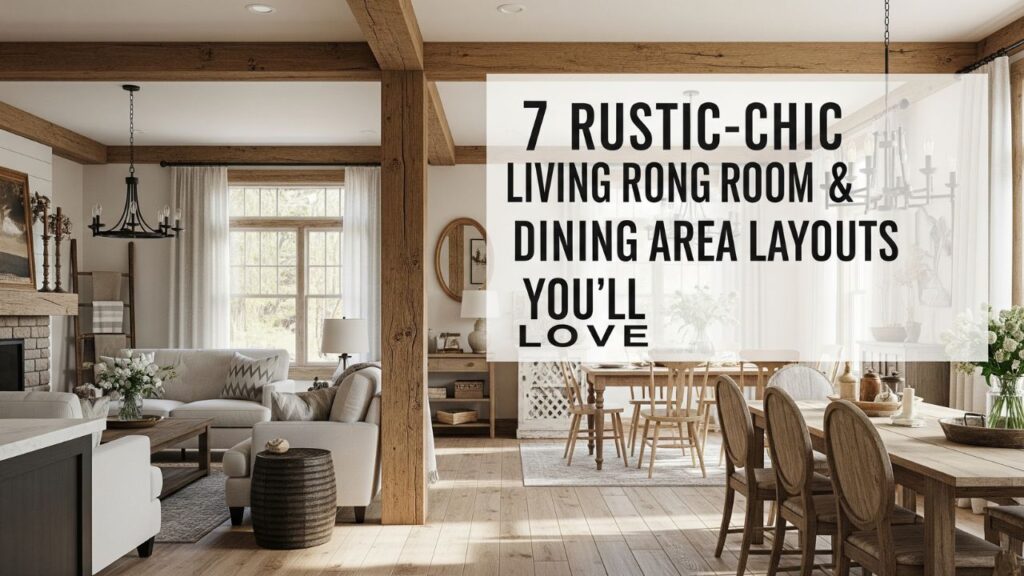
Table of Contents
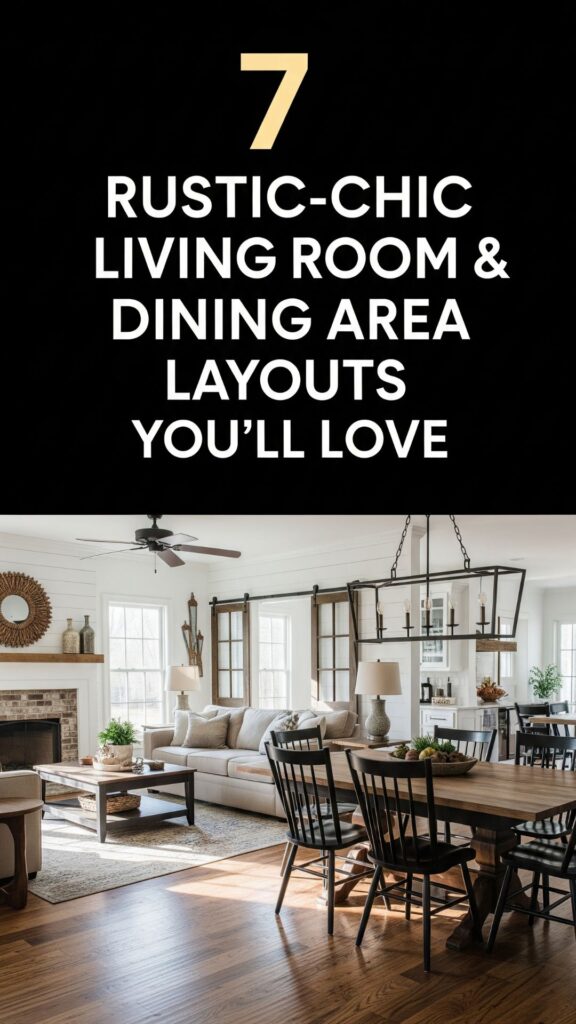
7 Rustic-Chic Living Room with Dining Area Layouts
1. The Open Farmhouse Flow
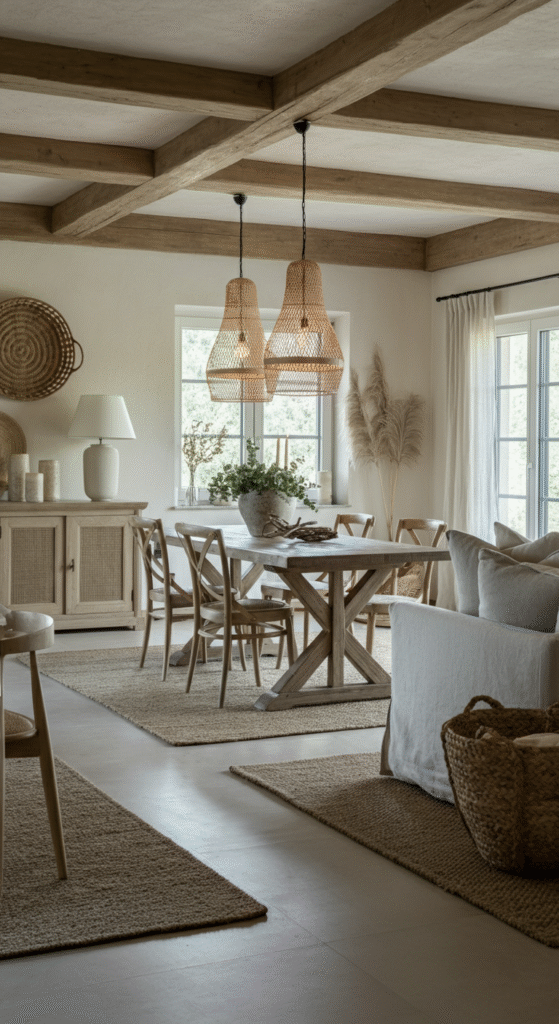
The most classic rustic-chic layout is one where the living and dining areas flow seamlessly, creating a sense of openness without feeling empty.
Picture a reclaimed wood dining table anchoring one side of the room, while a linen-upholstered sectional defines the lounge space. The connection? Consistent textures — distressed finishes, rattan baskets, and soft, woven rugs that visually tie everything together.
To make the transition smoother, use area rugs to subtly define each zone. A jute or wool rug beneath the sofa area and a patterned flat-weave under the dining table help ground the spaces without physical dividers.
Interesting fact: Many interior stylists recommend placing the dining area closer to natural light sources — such as large windows or glass doors — since wood grains and rustic finishes look their best under daylight tones.
2. Cozy Corner Connection
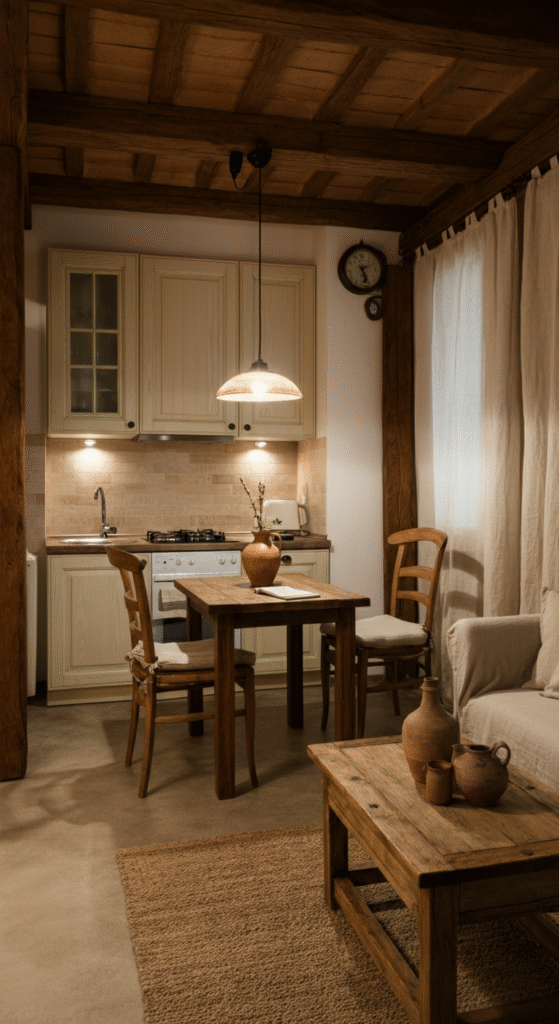
If your living and dining areas share a smaller footprint, creating a cozy corner layout maximizes warmth and intimacy.
Position your dining table near the kitchen or a corner wall, then let the living area open outward, perhaps with a small loveseat or a couple of armchairs centered around a wooden coffee table.
The magic of this design lies in visual layering — exposed beams, an antique clock, linen drapes, and ceramic pottery all come together to create a story-rich environment.
Do you know why rustic spaces feel instantly comforting? It’s because our brains associate natural materials like wood and stone with safety and familiarity. So even a small space feels expansive when you incorporate tactile, organic elements.
To finish the look, add a shared focal point, such as a stone fireplace or a statement light fixture that visually unites the two areas.
3. Dual-Toned Harmony
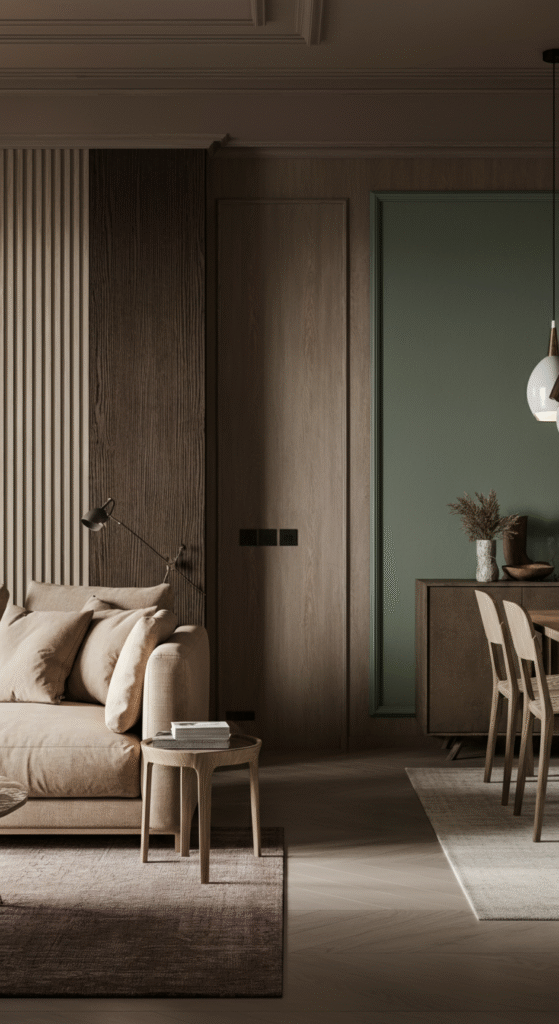
For a layout that feels deliberate and well-curated, experiment with dual-toned harmony — using two complementary color palettes to distinguish yet connect the living and dining zones.
For instance, opt for earthy browns and creams in the living space, and then introduce muted greens or grays in the dining area. The trick is to keep one consistent undertone — such as warm beige or taupe — running through both spaces.
Your furniture can echo this relationship: a weathered oak dining table mirrored by oak frames or side tables in the lounge area.
Myth alert: Many people think mixing wood tones ruins cohesion. The truth? Slight variation actually enhances depth and authenticity in rustic-chic spaces. The key is contrast — balance dark walnut with lighter pine or ash wood, so each stands out beautifully.
Lighting can further emphasize the tonal theme: wrought-iron chandeliers in the dining area and warm Edison bulbs or lanterns in the living room.
4. The Grand Gathering Space
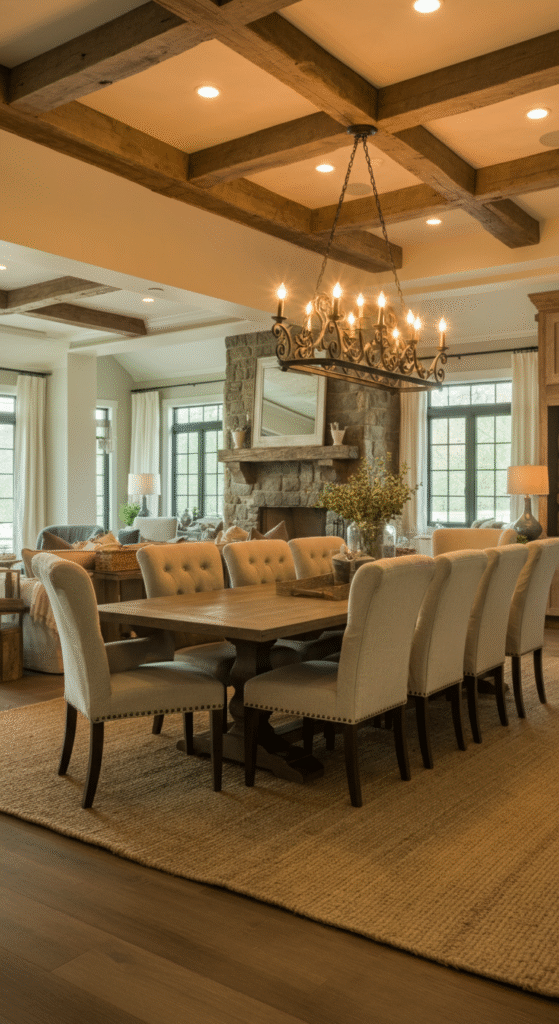
If you love entertaining, a grand rustic-chic layout offers the perfect blend of style and sociability.
Imagine a long farmhouse table extending from the main sitting area, framed by a large jute rug and surrounded by upholstered chairs. The living area might include plush couches, oversized throws, and layered lighting — from floor lamps to sconces — to create depth and warmth.
An oversized area rug can serve as the visual “bridge” between the two spaces. Choose one large enough to tuck slightly under both the sofa and the dining chairs — this creates a feeling of connectedness.
Do you know that large open rustic spaces were once designed to accommodate entire families gathering during harvest season? The communal layout wasn’t just aesthetic; it reflected a way of life centered around togetherness — a concept that modern rustic design continues to celebrate.
Finish the look with statement pieces — a reclaimed barn door as wall décor, wrought-iron candle holders, or an antique hutch displaying glassware.
5. The Modern Rustic Minimalist
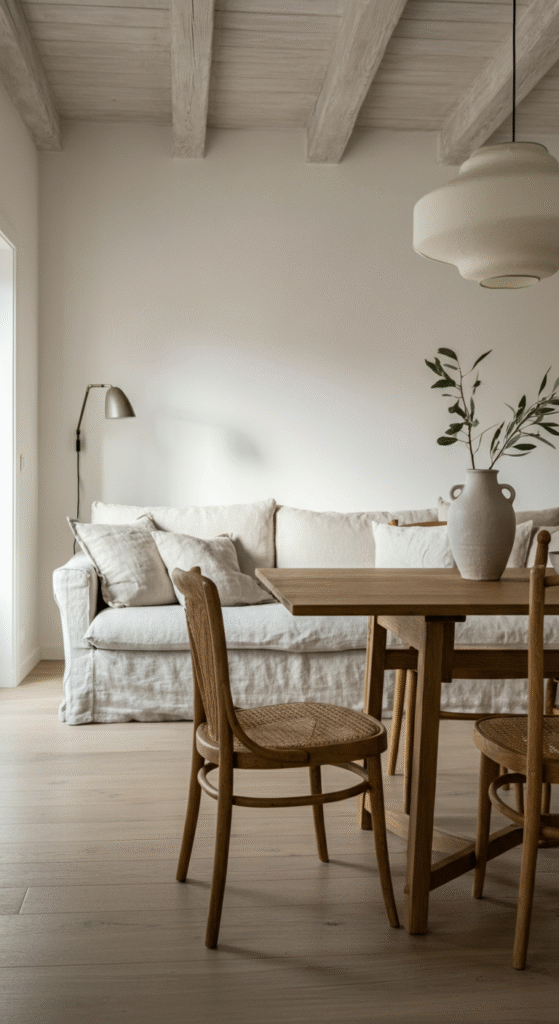
Rustic doesn’t always mean cluttered or overly decorated. The modern rustic minimalist layout is proof that less can still feel cozy and inviting.
Opt for a pared-down palette — whites, taupes, soft browns — and rely on texture for visual interest. Think: linen slipcovers, rough-hewn beams, matte ceramics, and natural woven accents.
The layout can feature a low-profile sofa facing a slim wooden dining table, separated by open floor space. A shared rug, wall art, or pendant light ties the two together.
Interesting fact: Minimal rustic design emerged from Scandinavian influences in the early 2000s, when designers began fusing hygge-inspired simplicity with farmhouse warmth. The result was a cleaner, brighter, and more breathable interpretation of rustic-chic living.
Keep accessories minimal — a few pottery vases, a neutral table runner, or dried botanicals — to maintain serenity.
6. The Split-Zone Balance
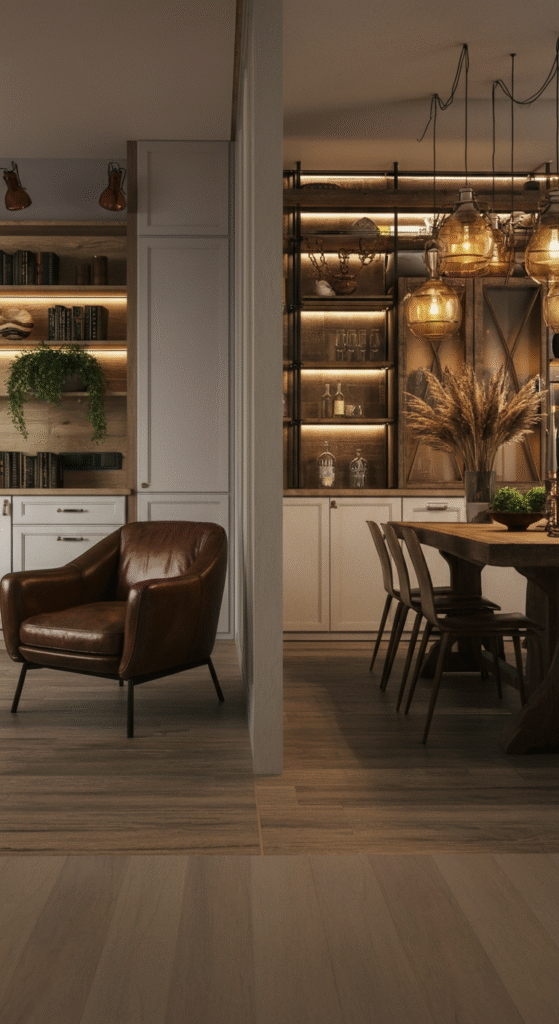
For homes that crave distinction between living and dining zones while keeping visual flow, the split-zone rustic layout is a timeless choice.
This layout uses subtle architectural or furniture cues — like a half wall, a console table, or even a change in flooring pattern — to divide the spaces.
In the living area, a leather armchair and textured wool throw establish comfort, while the dining area showcases elegance through a wooden trestle table and vintage pendant lighting.
A popular trick among designers is using vertical design elements — tall shelving, open partitions, or hanging greenery — to define spaces without closing them off.
Do you know that the art of open-yet-zoned living dates back to European manor houses? These grand homes often used screens and furniture arrangements to create intimacy within large halls — a principle that still guides modern rustic layouts today.
To enhance cohesion, ensure both spaces share a material link — perhaps through matching light fixtures or a consistent metal finish, such as bronze or brass.
7. The Cottage-Style Extension
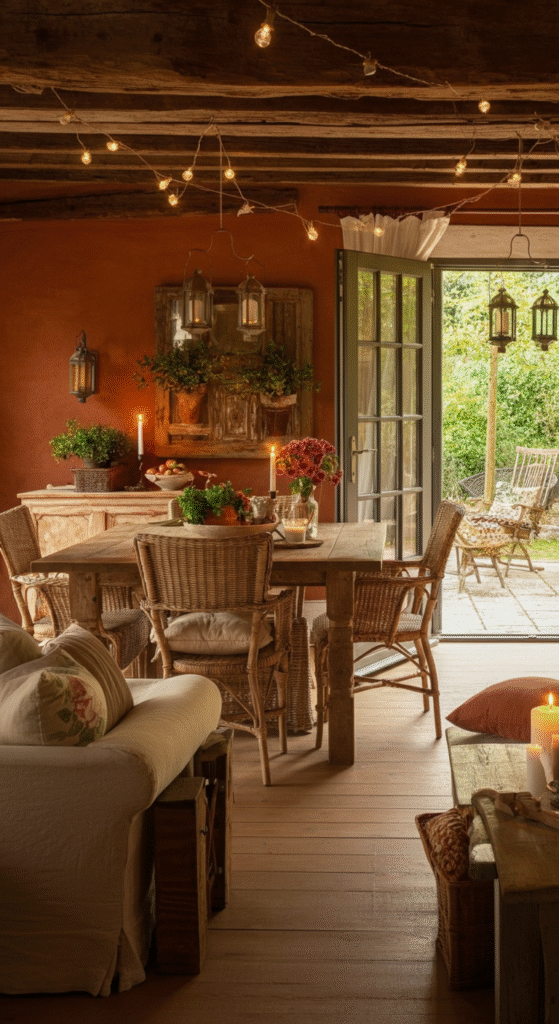
If your living and dining areas open onto an outdoor space, the cottage-style extension layout brings the outside in beautifully.
Position your dining area near large French doors or a patio, and allow the living area to extend naturally from it. The goal is to create visual and physical continuity between indoor comfort and outdoor charm.
A rustic-chic cottage look thrives on mixing materials — wicker dining chairs paired with a reclaimed-wood table, or a linen sofa adorned with floral cushions.
Introduce nature-inspired hues — moss green, warm white, terracotta — and bring the outdoors inside with fresh greenery, woven baskets, and light-filtering curtains.
Fun fact: Many English and Nordic cottages inspired this design style, where families blurred the line between indoor living and nature to make the most of limited daylight hours.
Finish the look with layered lighting — string lights near the dining area, lanterns on the patio, and a soft table lamp indoors — to create an enchanting evening glow.
Bonus Tip: Styling Your Rustic-Chic Layout
Once you’ve chosen your ideal layout, focus on styling continuity. Here’s how:
- Use consistent textures across zones (like linen, jute, and wood).
- Introduce a unifying color palette — neutrals with one or two accent tones.
- Balance old and new — pair a vintage cabinet with a sleek modern table lamp.
- Incorporate natural light and greenery to keep the atmosphere alive.
Did you know? Studies show that interiors with natural materials and soft lighting promote relaxation and improved well-being — making rustic-chic spaces not only beautiful but also restorative.
Conclusion
Designing a rustic-chic living room with a dining area isn’t just about arranging furniture — it’s about crafting a lifestyle space that tells a story. Whether you love the communal warmth of a farmhouse or the refined simplicity of a modern rustic loft, these seven layouts prove that rustic and chic can coexist beautifully.
When done right, the result is a home that feels timeless, grounded, and effortlessly stylish — a place where every meal, conversation, and quiet evening feels just a bit more special.
Because at its heart, rustic-chic design is about connection: to nature, to craftsmanship, and to the people who fill your home with life.
Frequently Asked Questions (FAQs)
What defines a rustic-chic living room with a dining area?
A rustic-chic layout combines natural textures like wood, linen, and stone with elegant, modern finishes to create a cozy yet stylish open-concept living and dining space.
Can rustic-chic design work in small spaces?
Yes. Even small apartments can adopt the rustic-chic look by using lighter woods, soft neutral tones, and multifunctional furniture to keep the area airy and cohesive.
What colors suit rustic-chic interiors best?
Warm neutrals such as beige, cream, taupe, and soft gray work beautifully. Accent with muted greens, charcoal, or antique white for depth.
How can I separate the living and dining areas without walls?
Use area rugs, console tables, lighting variations, or partial partitions like open shelving to visually divide the zones while keeping flow and openness.
Is it okay to mix different wood tones?
Absolutely. Slight variation in wood tones enhances character and authenticity in rustic-chic design — just maintain balance by pairing light and dark finishes thoughtfully.
